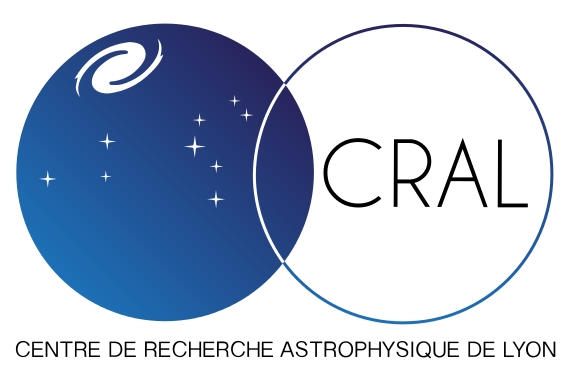What is RASCAS
RASCAS (for RAdiative SCattering in Astrophysical Simulations) is a massively parallel code for resonant line transfer in AMR simulations. RASCAS has been designed to be easily customisable and to process simulations of arbitrarily large sizes on large supercomputers. RASCAS performs radiative transfer on an adaptive mesh with an octree structure using the Monte Carlo technique. RASCAS features full MPI parallelization, domain decomposition, adaptive load-balancing, and a standard peeling algorithm to construct mock observations. The radiative transport of resonant line photons through different mixes of species (e.g. HI, SiII, MgII, FeII), including their interaction with dust, is implemented in a modular fashion to allow new transitions to be easily added to the code. RASCAS may also be used to propagate photons at any wavelength (e.g. stellar continuum or fluorescent lines).
Download
RASCAS may be obtained either by downloading a stable release tarball, or from the git repository.
Stable code releases:
| Version | Date | Tarball |
|---|---|---|
| 1.0 | 24/01/2020 | v1.0 |
| 1.1 | 21/09/2020 | v1.1 |
| 2.0 | 24/04/2024 | v2.0 |
The latest version of code is available on our gitlab.
Contribute
RASCAS is an open source code. We welcome and encourage contributions to RASCAS. Just get an account to our gitlab.
Documentation
A quick installation guide is available here. Some examples to start with RASCAS are available in the tutorials directory.
Giving credit
If you use RASCAS, please acknowledge Michel-Dansac et al. 2020, A&A 635, A154.
Who we are
Lead developers
- Leo Michel-Dansac (LAM)
- Jeremy Blaizot (CRAL)
RASCAS team
- Jeremy Blaizot (CRAL)
- Thibault Garel (Geneva Obs.)
- Taysun Kimm (Yonsei Univ.)
- Leo Michel-Dansac (LAM)
- Maxime Trebitsch (MPIA/ZAH)
- Anne Verhamme (Geneva Obs.)
Contact us
For more information, help, or to report a bug, send us an email at rascas .at. univ-lyon1.fr
